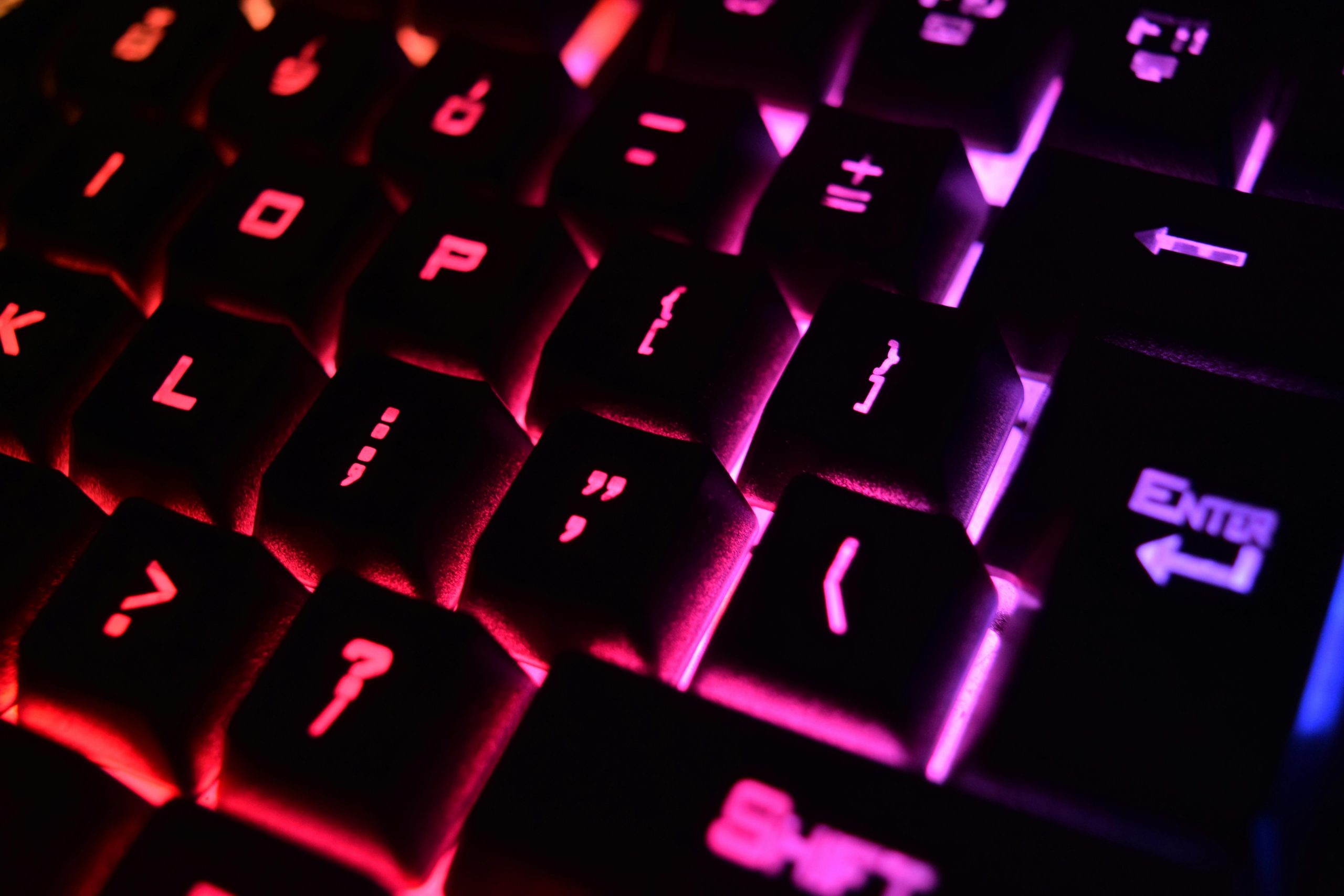Troubleshooting a Laptop That Won’t Power On
Experiencing issues with your laptop can be frustrating, especially when it seems unresponsive despite your best efforts. If you’ve encountered a situation where your laptop will not turn on, yet the LED indicators remain lit, you’re not alone. Here’s a guide to diagnosing and addressing this issue.
Symptoms and Initial Observations
In this case, the laptop reported a critical battery level, and despite being connected to the charger, it failed to power on. This scenario often leaves users bewildered, particularly when the device exhibits lights that suggest power is present.
What to Check First
-
Charger and Power Source: Ensure that your charger is functional. Try plugging it into a different wall outlet or using another charger, if available. Verify whether the charging light on the laptop illuminates, indicating that the device is receiving power.
-
LED Indicators: Pay attention to the LED lights. Different lights can indicate various statuses—battery charging, power on, or sleep mode. Understanding their meaning can provide clues about the underlying issue.
-
Resetting the Battery: If you haven’t already, try performing a power reset. Remove the laptop’s battery (if detachable) and then press and hold the power button for about 15 seconds while it’s unplugged. This action can sometimes resolve minor glitches.
Additional Troubleshooting Steps
-
Check for External Devices: Disconnect any peripherals (USB drives, external monitors, etc.) to eliminate potential conflicts causing startup failures.
-
Examine the Display: It’s possible that the laptop is functioning but the display isn’t. Look closely for signs of life, such as a dim screen or startup sounds.
-
Consider Overheating: If the laptop feels excessively warm, let it cool down completely before attempting to turn it on again. Overheating can trigger safety mechanisms that prevent the device from booting.
Conclusion
If these troubleshooting steps do not resolve the issue and your laptop continues to show an unwillingness to power on, it may be time to consult a professional technician. Inevitably, persistent power issues could indicate more serious hardware problems that require expert attention.
By following these guidelines, you can narrow down the possible causes and determine the best course of action to revive your laptop. Remember, being patient and methodical during the troubleshooting process is key to identifying the issue effectively.
Share this content:




Hi there,
It sounds like you’re facing a challenging issue with your laptop where the LEDs are on but it won’t turn on. Based on your description and the troubleshooting steps outlined in the article, here are some additional suggestions:
If these steps do not resolve the issue, it might be indicative of a hardware failure, such as motherboard, RAM, or internal components. In such cases, contacting a certified technician or authorized service center is advised for a thorough diagnosis and repair.
Hope this helps you get your laptop back up and running!